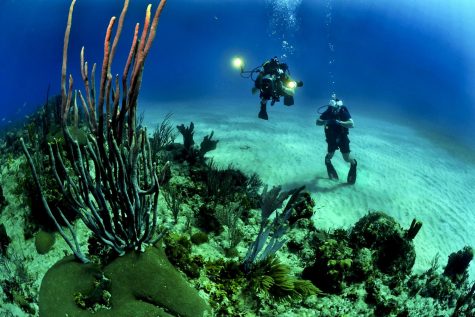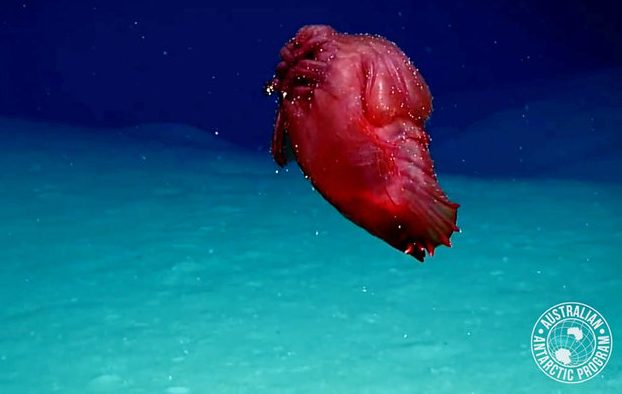The Headless Chicken Monster Lurks Down Below
NATIONAL OCEANIC AND ATMOSPHERIC ADMINISTRATION | PUBLIC DOMAIN
A picture of the headless chicken monster.
On an expedition to explore deep sea ecosystems, Enypniastes eximia, a rare sea cucumber, was spotted off East Antarctica in the Antarctic Ocean. It was seen once before in the Gulf of Mexico in 2017, but this was the first time it has been seen anywhere else. The unique looking animal is also known as a “headless chicken monster” because the structure and shape of the creature’s body looks eerily familiar to the body of a headless chicken.
“It looks a bit like a chicken just before you put it in oven,” said program leader of the Australian Antarctic Division, and one of the researchers to spot the animal off the coast of Antarctica, Dirk Welsford.
They are able to swim because of their strange, wing-like fins. However, people illegally harvest this rare sea cucumber because some cultures consider the creature a delicacy. Others are illegally obtaining this species due to the medicinal properties some believe it possesses.
In addition to the headless chicken monster, researchers have also captured footage of multiple other rare beautiful species. The expedition began because the Australian Antarctic Division wanted to discover unique ecosystems, and inform the fishing industry to avoid those areas. This is all made possible by the technological developments that are allowing researchers to explore places, like the depth of the Antarctic Ocean, that they never thought achievable.

Interesting deep sea life, living on or near the ocean floor Pic credit.
“I think anytime that you can have improvements on technology so that we can find something like this, the more that we can explore and learn about our planet and the way it works, the better we can take care of it,” said a science teacher at Rochester Adams, Jerome Bondy.
The headless chicken monster is just one of the first discoveries that will result from these new advances. Being able to learn new things about new environments and ecosystems is always beneficial to not only the researchers learning the new information, but to the people that are interested in these fields of study. New technology is developing constantly; there is no way to know what will be discovered the next time a camera is sent into the dark depths of the ocean.







